Corpus Striatum
Quick Facts
The basal ganglia comprise a group of deep nuclei in the brain, which cooperate together to control motor functions, to set and learn routines and which are involved in associative learning and emotional regulation. These nuclei impose strong inhibitory signals on motor outputs of the brain, and adjust responses accordingly by processing information from higher centers of the cerebral cortex.
The primary nuclei comprising the basal ganglia are the striatum, which is made up of the caudate nucleus, the putamen, the globus pallidus, the substantia nigra and the subthalamic nucleus. The putamen and the globus pallidus collectively make up the lentiform nucleus, which, together with the caudate nucleus makes up the corpus striatum.
Learn more about this topic from other Elsevier products
Striatum

The corpus striatum (commonly referred to as ‘striatum’) is a subcortical structure (i.e., located inside the telencephalon/cerebrum) consisting of two main components: the caudate nucleus and the putamen.




